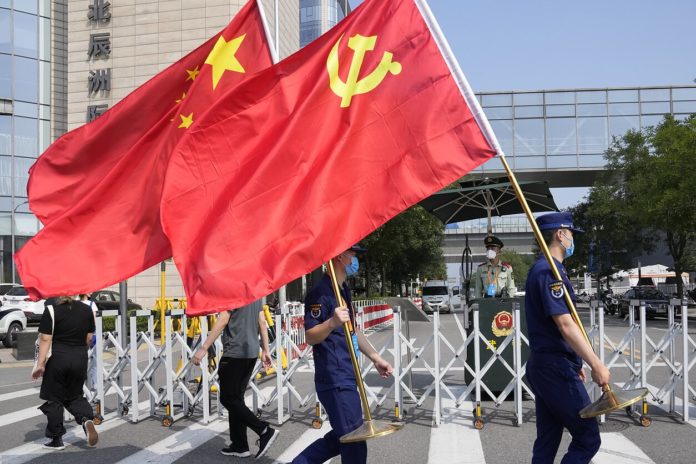On December 25, 1991, the world watched as history’s most powerful communist government disintegrated, marking the federation’s downfall and bringing an end to the 44-year cold war between the East and the West. However, with its downfall came a plethora of lessons for the world to learn from.
Mr. Kishore Mahbubani, a senior Singaporean diplomat, recently discussed in an interview with the Emirates Center for Strategic Studies and Research (ECSSR), how China learned vital lessons from the USSR’s demise by adjusting its expansion strategies and stimulating its climb to the international stage.
To prevent a fate like the USSR’s, China adopted three key strategies with the first one being a shift towards market-orient reforms and openness. According to Mahbubani, China learned that the Soviet Union “didn’t collapse because of external pressures but rather, it collapsed due to internal weaknesses” that is, its economy stagnated, and social arrangement failed to evolve with time resulting in its downfall. Considering this, China implemented Deng Xiaoping’s reforms which focused on developing a strong and dynamic economy, spending heavily on education, innovation, and technology to ensure its society’s resilience to changing times. As a result, the country saw tremendous growth, reduced poverty, and an increase in foreign investment.
Another profound lesson for China was the US alliance with the majority of soviet neighbors and Western allies under the banner of “the containment policy” against the USSR. To prevent a similar isolation, Mahbubani comments that “the Chinese launched a preemptive strike against a containment policy” i.e., it actively engaged with its adjoining regions making its presence significant and strengthening its strategic alliances. A good example of this is China’s engagement with a historically pro-American organization – the Association of Southeast Asian Nations (ASEAN). While the West, including the US, was initially reluctant to propose trade agreements with ASEAN, China capitalized on the opportunity and proposed a free trade agreement (FTA) in 2001. Although the US eventually signed a bilateral FTA with some of the ASEAN countries, Mahbubani comments that by the year 2022 “ASEAN’s trade with the United States grew from $135 billion to $450-500 billion, but trade with China skyrocketed from $40 billion to $975 billion—almost a trillion dollars, making it the world’s largest trading relationship in 2022”. This strategy proved to be revolutionary for China, not only economically, but also in terms of security, as such deep economic ties make it difficult for ASEAN countries to support any containment policy against its largest trading partner.
China’s Belt and Road Initiative (BRI) is another key strategy that was built upon the lessons learned from the USSR collapse. Unlike the Soviet Union, China has made its presence felt by heavily investing in mega infrastructure projects globally – providing tangible benefits to allied countries. As Mahbubani quotes “Countries see the benefits: fast trains, highways, and other developments” deepening China’s influence and bolstering its economic connectivity. With this, China not only makes its presence felt in different parts of the world but also makes it difficult for these partnering nations to support initiatives to contain China. With an initiative like BRI, China portrays its willingness to strengthen international partnerships, further sustaining its position on an international platform.
To sum it up, although the entire world was witness to the collapse of the USSR, China carefully studied the fall to craft a strategic approach that ensured economic resilience, global engagement, and internal stability. While respecting U.S. power, China has developed multilayered strategies to safeguard its sovereignty, strengthen ties with economic partners, and cement its position as a stable global power.




